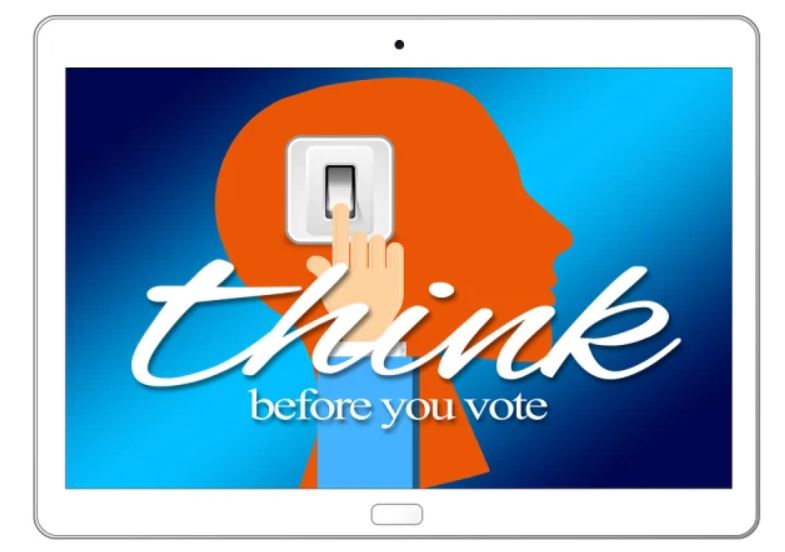The three voter behavioral models and their application in contemporary Armenia.
If any political scientist or sociologist decides to research the behavior of the voters in the 3rd republic, they would face serious problems. Elections held from 1995 to 2018 most probably did not represent the real political preferences. My solely journalistic impression is that people voted against Ter-Petrosyan (once), against Robert Kocharyan and Serj Sargsyan (twice each). But the first, second, and third presidents and their supporters do not agree with my observation. And they insist that the formally recorded results represent the image of our society unambiguously. Neither of us can scientifically prove the truth we believe.
But I suppose everyone would agree that the doubts over the results of the elections held before 2018 were way more widespread than after it. Therefore, the elections held in 2018 and 2021 can be correct research material. On the other hand, making sense of the results of those elections remains a problem.
Generally, there are three classic models to explain the behavior of the voters. The first one is the sociological model – when belonging to a certain group implies having common interests and forms of identification. But how can you determine a person’s social affiliation in Armenia? Even if groups of people are given names by some criteria, can we state that all of the scientists, drivers, or housewives in our country have the same interests and vote almost similarly because of that?
Read also
The second one is the partisan identification model. So, having the same partisan affiliation or preference and having the same ideas dictates people’s electoral behavior. There is one particular party in Armenia to which the model can arguably be applied. It is the Armenian Revolutionary Federation. For decades, this party has received about 10% of the votes, and those statistics can help us determine how many Armenian citizens have an ideological connection to the 1870-80s national liberational traditions. In other cases, citizen-party ties are weak and temporary. It is hard to suppose that the majority of Armenian citizens in 2018 and 2021 were ideologically connected to a party, which rejects the “isms”. It is worth noting that the party model (a.k.a. Michigan model) was fully justified in the 1960s, specifically in Britain. But at the end of the 20th century and especially in the 21st, its vulnerabilities have been exposed.
The third one is the rational-economic model. It is based on economic and material interest: people elect the parties and figures with whom they associate the expectations of maintaining (if satisfied) or improving their economic condition. I think the economical factor has a significant role in the political behavior of Armenians. Especially if we consider that factor in retrospect or foresight. People put their previous material situation in retrospect and develop their expectations for the future. There are no expectations of Armenian sovereignty or, all the more so, the Artsakh situation in that future, I suppose. And the extent to which those expectations are met will become clear in 2-3 years.
Aram ABRAHAMYAN





























































